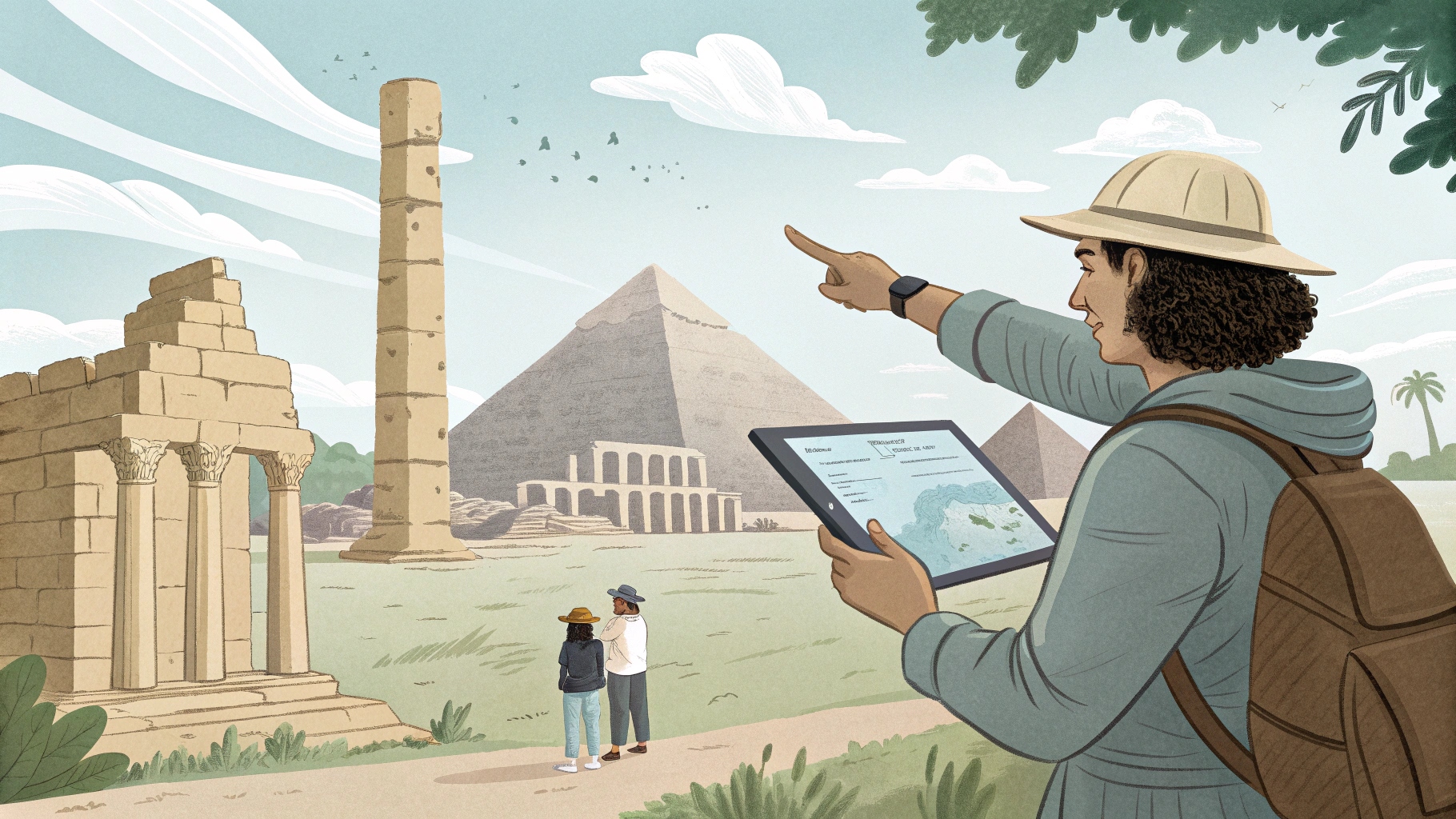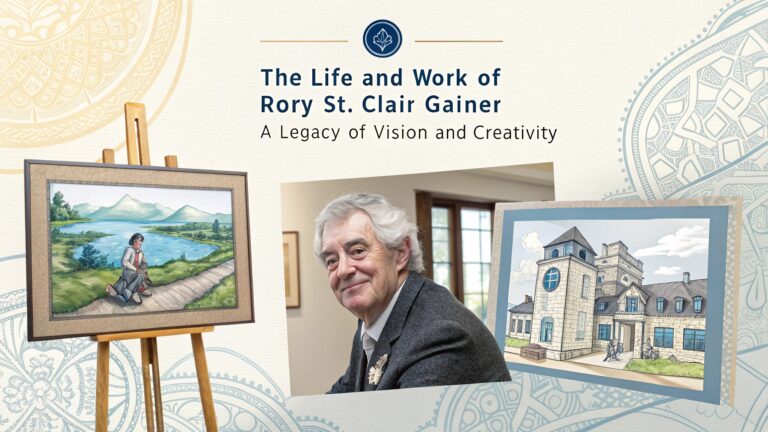Uncovering the Hidden History Behind Famous Landmarks
Famous landmarks around the world are often admired for their beauty, grandeur, and cultural importance. Millions of travelers take photos, marvel at their architecture, and explore their surroundings, but very few pause to consider the untold stories that shaped them. Each landmark carries within its walls a legacy of human struggles, triumphs, and transformations that go far beyond what we see on postcards. In History this article, we will journey through some of the world’s most iconic sites to uncover the layers of the past that give them deeper meaning.
The Great Wall of China: A Monument of Unity and Division
The Great Wall of China stands as one of the most impressive structures ever built. Stretching thousands of miles, it was originally constructed as a defense system against northern invasions. But beyond its military purpose lies a deeper narrative about perseverance and sacrifice. Ancient records describe how peasants, soldiers, and prisoners were forced to work in difficult conditions, often at the cost of their lives.
Over time, the wall became more than just a defense barrier—it turned into a cultural symbol representing resilience and national pride. Today, visitors walk along its vast stretches, not realizing that every stone echoes the hardships of those who built it. Its hidden stories reveal how empires used monumental projects to unify people, while at the same time, the wall also served as a reminder of strict borders that separated communities.
The Eiffel Tower: From Criticism to Global Icon
When the Eiffel Tower was first unveiled in Paris in 1889, it was not universally welcomed. Many French intellectuals and artists called it an eyesore, arguing that it clashed with the city’s elegant aesthetic. However, as years passed, public opinion shifted. What was once considered temporary has now become the very symbol of Paris.
Hidden within the tower’s iron frame are stories of scientific advancement. Gustave Eiffel, the engineer behind the project, used it as a laboratory to conduct experiments on aerodynamics and radio transmission. These lesser-known contributions show how the tower’s value extends far beyond its appearance—it was History also a tool for innovation that connected France to the modern era. The Eiffel Tower teaches us that what may begin as unpopular can later become an essential part of cultural identity.
The Pyramids of Giza: Tombs of Power and Mystery
The Pyramids of Giza are among the most studied landmarks in the world, yet they remain surrounded by unanswered questions. Built as royal tombs for pharaohs, these massive structures embody the might and vision of ancient Egypt. What many visitors may not realize is that the pyramids also reflect a complex social system where thousands of workers labored under strict organization.
Contrary to old myths, modern research suggests that these workers were not slaves but rather skilled laborers who were provided with food, shelter, and medical care. This changes the way we interpret their creation—not as an act of oppression, but as a collective effort that honored rulers and showcased advanced engineering. The pyramids remind us that uncovering their true past means separating fact from misconception and appreciating the ingenuity of one of humanity’s earliest civilizations.
The Colosseum: Entertainment and Brutality
Rome’s Colosseum is admired today as a remarkable architectural feat, but behind its grand arches and stone walls lies a history of violence. Built in the first century AD, it was designed to host gladiatorial games, animal History hunts, and public spectacles. These events were more than mere entertainment—they served as political tools, keeping the public distracted and loyal to the empire.
What many overlook is that the Colosseum also reflects the Roman approach to engineering. With its underground tunnels, retractable floors, and seating for tens of thousands, it was far ahead of its time in design. Yet, History while the structure amazes us today, it is impossible to ignore the suffering that occurred inside its arena. The Colosseum is both a celebration of human creativity and a stark reminder of how cruelty was normalized in ancient societies.
The Statue of Liberty: A Symbol of Hope and Struggle
Gifted by France to the United States in 1886, the Statue of Liberty has long stood as a symbol of freedom and History opportunity. For countless immigrants arriving in New York, it was the first sign of a new life. What remains less visible, however, are the struggles tied to its creation and early reception.
The statue’s construction was delayed multiple times due to funding shortages, and even after it was completed, not everyone welcomed it. History Some critics argued that its ideals clashed with the social and economic challenges many immigrants faced upon arrival. Despite these obstacles, the statue eventually grew into History a global icon of hope. Today, it represents the enduring desire for equality and justice, though its hidden past reminds us that ideals often take time and struggle to be fully realized.
Machu Picchu: A City Above the Clouds
High in the Andes Mountains of Peru lies Machu Picchu, the “Lost City of the Incas.” For centuries, it remained hidden from History the outside world until its History rediscovery in 1911. Built in the 15th century, the site is thought to have been a royal estate or religious retreat for Incan leaders.
The most fascinating aspect of Machu Picchu is its architectural brilliance. The Incas constructed terraces, temples, and water channels that harmonized with the mountain landscape. They achieved this without the use of wheels or modern machinery. What makes it more intriguing is that its exact purpose remains uncertain. Was it a ceremonial center, a fortress, or a retreat? The unanswered questions add to its mystique, inviting historians and travelers alike to continue exploring its depths.
The Taj Mahal: A Monument of Love and Labor
The Taj Mahal is celebrated worldwide as a symbol of eternal love, built by Emperor Shah Jahan in memory of his wife Mumtaz Mahal. Its History gleaming white marble, intricate carvings, and symmetrical gardens draw millions of visitors every year. However, History behind its beauty lies a lesser-known story of immense labor and sacrifice.
The construction of the Taj Mahal required thousands of artisans, architects, and workers who spent years perfecting every detail. While it is remembered for its romantic origins, it also represents the immense power of the Mughal Empire. The landmark reflects both the emotional devotion of a ruler and the artistic mastery of a civilization at its peak. The hidden side of the Taj Mahal lies in its duality—it is both a personal expression of grief and a display of imperial authority.
Angkor Wat: A Spiritual Masterpiece
In Cambodia, Angkor Wat stands as the largest religious monument in the world. Originally built as a Hindu temple in the 12th century, History it was later converted into a Buddhist site. What makes Angkor Wat remarkable is its symbolic design, representing the Hindu universe through its towers and layout.
The temple complex is filled with carvings that narrate epic stories from mythology. However, what many overlook is that Angkor Wat was also a political statement by its king, showcasing his divine authority. Over the centuries, the temple has survived wars, natural decay, and neglect, yet it continues to serve History as a spiritual center for millions. Its hidden stories reveal how sacred spaces often serve both religious and political purposes.
Conclusion: Looking Beyond the Surface
Famous landmarks captivate us with their beauty and grandeur, but their true significance lies in the untold stories they hold. Whether it is History the sacrifices behind the Great Wall, the innovations within the Eiffel Tower, or the mysteries of Machu Picchu, each site carries a legacy that connects us to humanity’s past.







